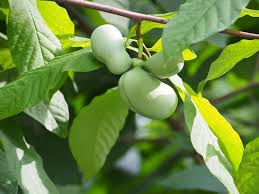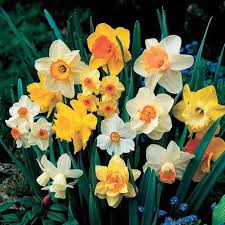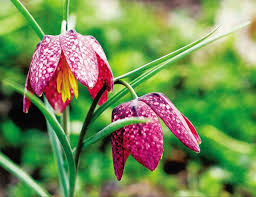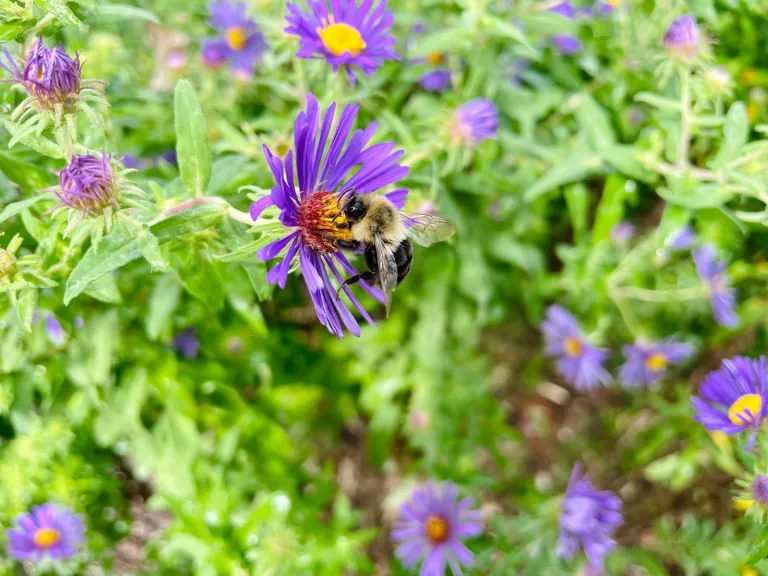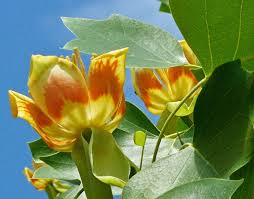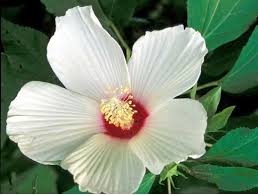September’s Native Plant of the Month: Pawpaw Tree
The Pawpaw tree (Asimina triloba) takes center stage as September’s native plant spotlight at Wellfield Botanic Gardens. Indigenous to much of eastern North America, this species typically reaches a modest height of 15-20 feet, making it a petite understory tree. Recent studies reveal that pawpaw trees are expanding their range, migrating from well-drained lowland areas to drier upland forests. Remarkably, they are browse-resistant, with deer finding their leaves unappetizing, allowing saplings to thrive. Thriving within hardiness zones 5-8, pawpaw trees prefer slightly acidic, well-drained soils. Their striking dark burgundy flowers grace the landscape from April to May, yielding fruit in September.
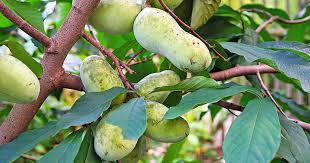
Belonging to the Annonaceae family, which includes custard apples, the pawpaw fruit is a notable feature. It takes approximately 10 years for a pawpaw tree to mature and bear fruit, which is cherished by various wildlife species, including possums, squirrels, and raccoons. The zebra swallowtail butterfly also relies on the pawpaw as a host plant for its larvae. Described as custard-like in texture with flavors reminiscent of banana, mango, and citrus, the pawpaw fruit is the largest edible native fruit in North America.
Pawpaw trees boast an extensive underground root system, often forming clusters where neighboring trees are likely connected. Cross-pollination by insects is necessary for fruit production, as male and female parts of the tree do not mature simultaneously. Despite being lesser-known natives in our region of Elkhart, Indiana, and eastern North America, pawpaw trees captivate with their distinctive flowers in spring and summer and unique fruits in fall. Through our native plant of the month series, we aim to highlight the significance of indigenous species in the ecosystem. Keep an eye out for next month’s featured plant, and in the meantime, visit Wellfield Botanic Gardens to admire the pawpaw tree and its intriguing fruit!

